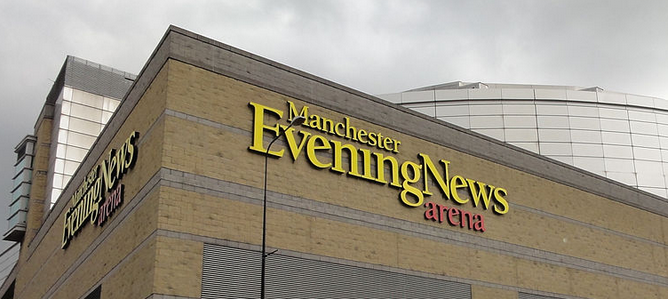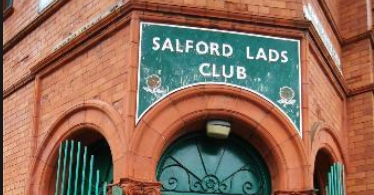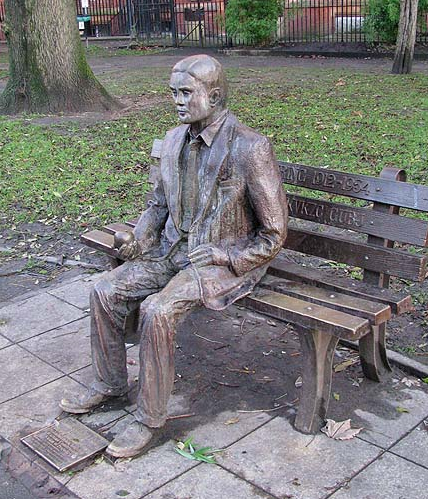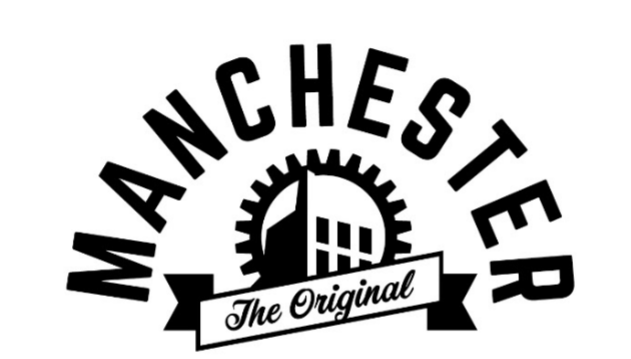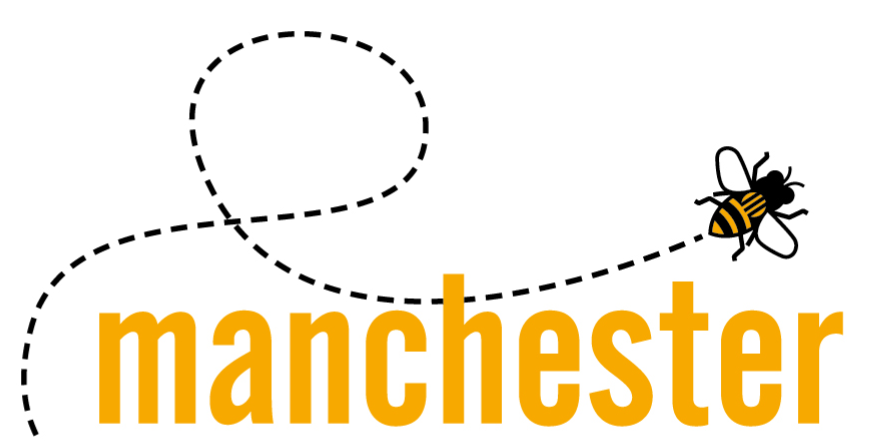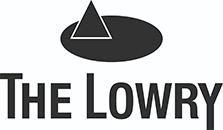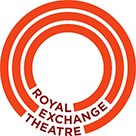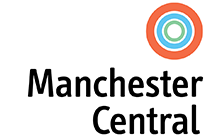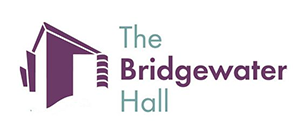Manchester Arena
The arena was constructed as part of the city’s unsuccessful bid for the 2000 Summer Olympics . Construction cost £52 million of which £35.5m was provided by government grants and £2.5m from the European Regional Development Fund. Although built as an American style sports arena it has been more successful hosting large music events.
The arena opened in July 1995, sponsored by NYNEX CableComms as the NYNEX Arena, and was renamed the Manchester Evening News Arena in July 1998. In December 2011, the Manchester Evening News ended its thirteen-year sponsorship, and the arena was renamed the Manchester Arena in January 2012. In July 2013, in a multi-million-pound sponsorship deal by mobile phone company Phones 4u, the arena was renamed to the Phones 4u Arena,but this deal ended when Phones 4u closed, renaming the arena back to Manchester Arena, effective 14 January 2015.
On the opening night, 15,000 spectators watched Jayne Torvill and Christopher Dean perform; the crowd was a record for an ice event. Attendance records were set in 1997 when 17,425 people watched Manchester Storm play Sheffield Steelers, a record for an ice hockey match in Europe. When 14,151 people watched Manchester Giants play London Leopards, it set a British record for attendance at a basketball match.
The venue attracts over a million customers each year for concerts and family shows, making it one of the world’s busiest indoor arenas, and was named “International Venue Of The Year” in 2002 in the ‘Pollstar’ awards, and was nominated in the same category in 2002, 2003, 2004, 2005, 2006, 2007, 2008 and 2009. The arena was named “Busiest Arena Venue In The World”, based on ticket sales for concerts in 2003, 2004, 2005, 2006 and 2007 ahead of other indoor arenas including the Madison Sq Garden and Wembley Arena.
The arena was the ‘World’s Busiest Arena’ from 2001 until 2007 based on ticket sales for concerts, attracting five and a half million customers. It was voted ‘Europe’s Favourite Arena’ at the TPi Awards in 2008 by the touring companies that bring the shows to the venue.
What was your very first show or event you attended?


